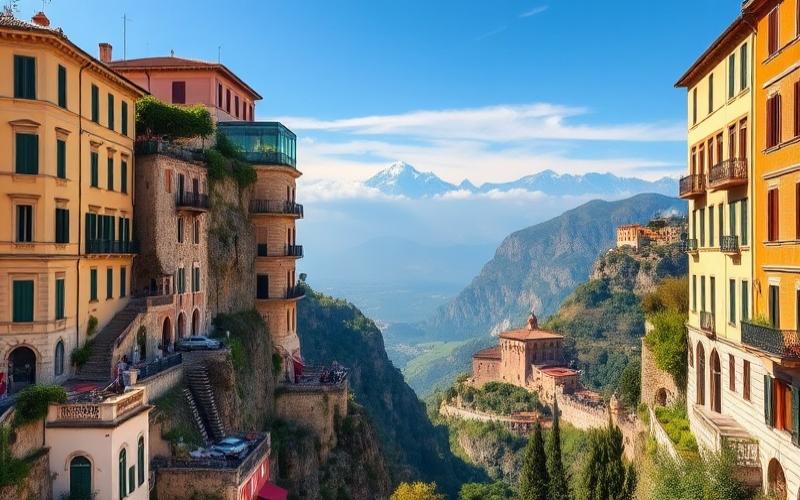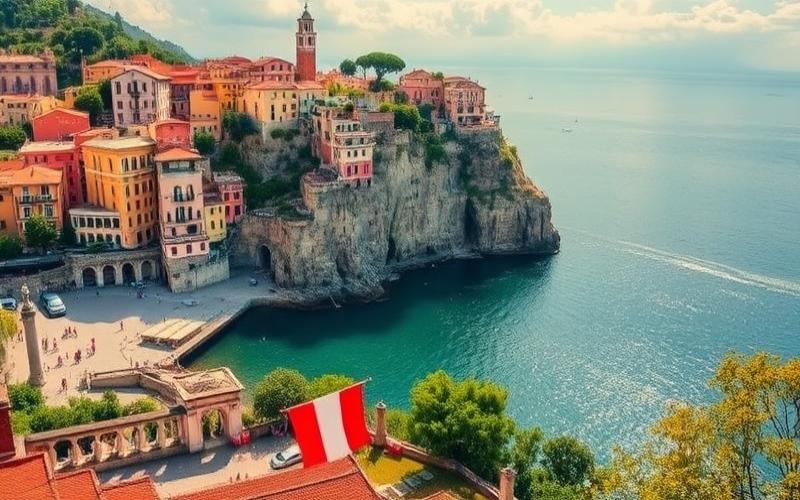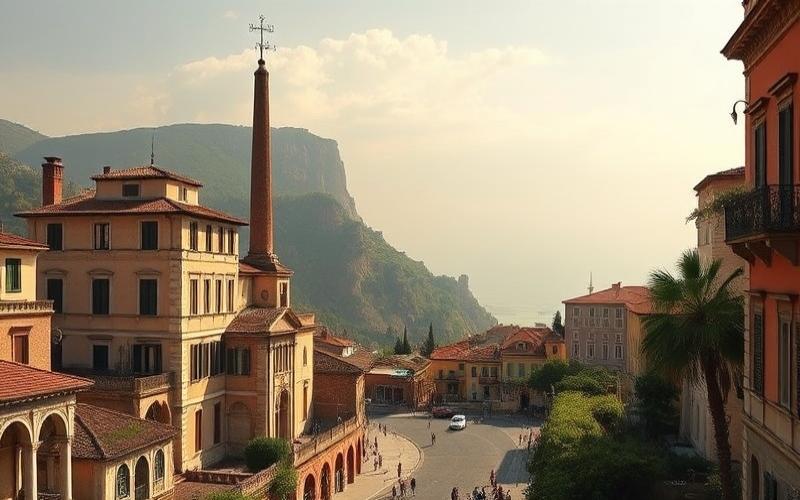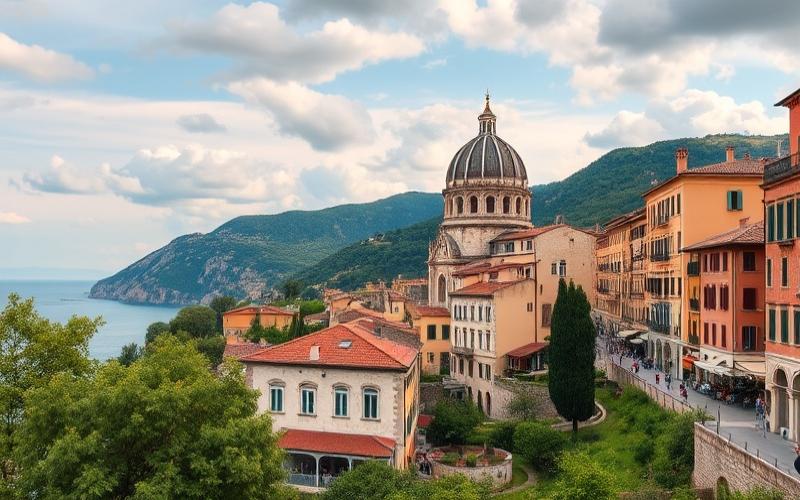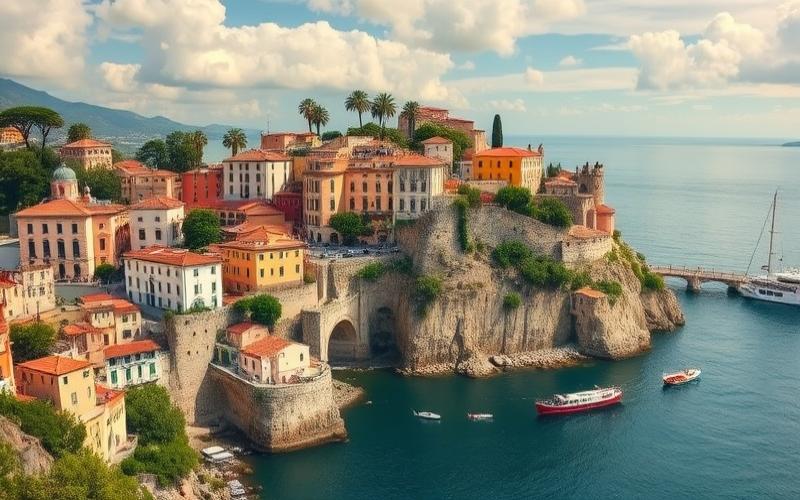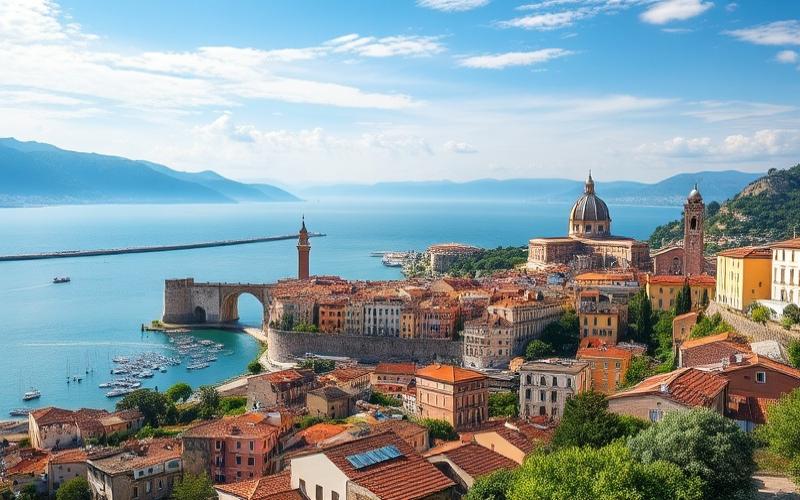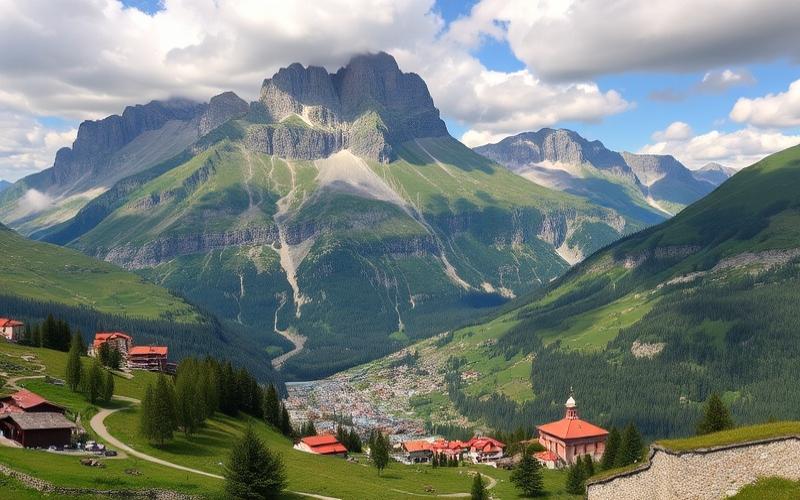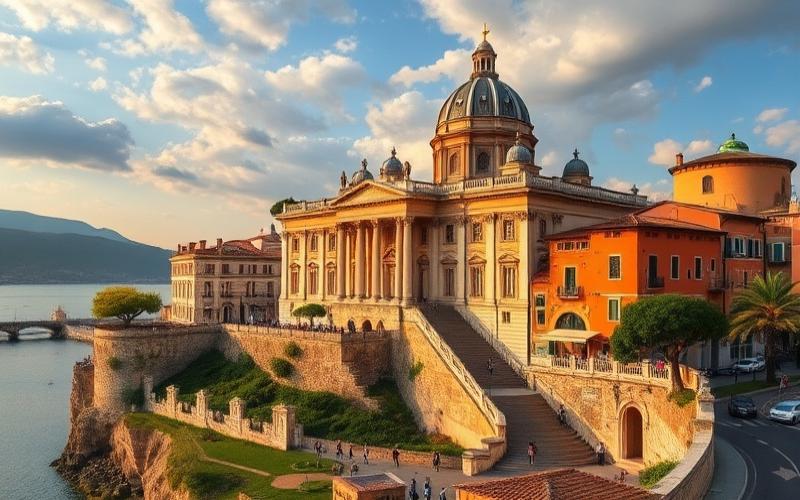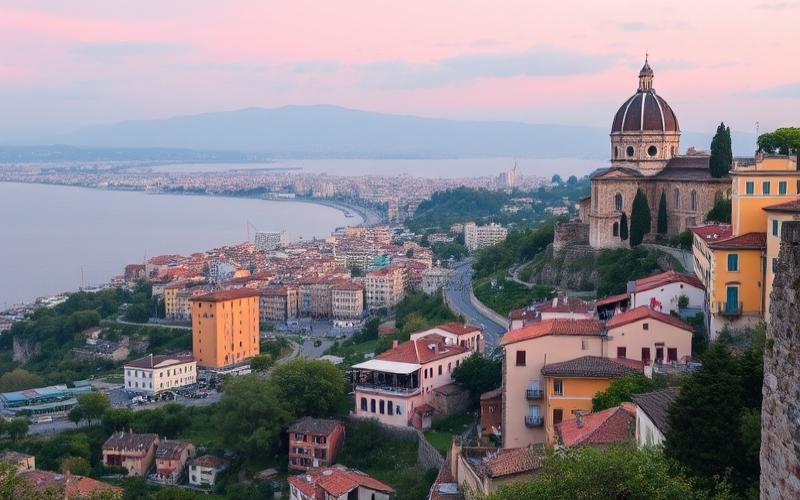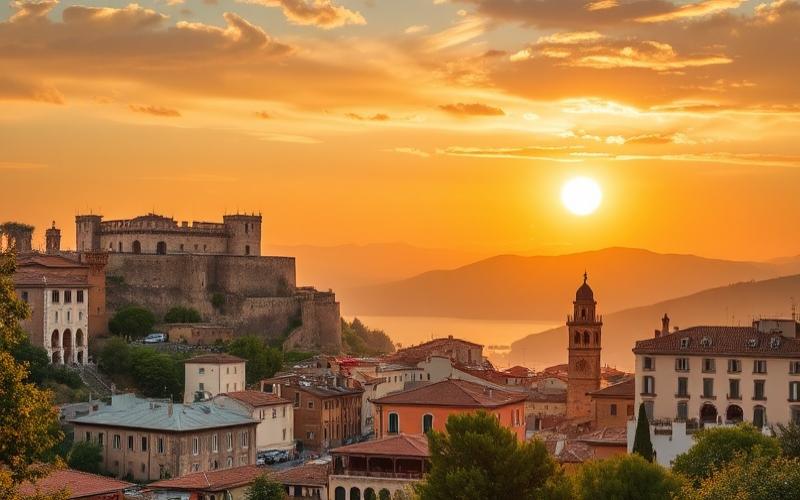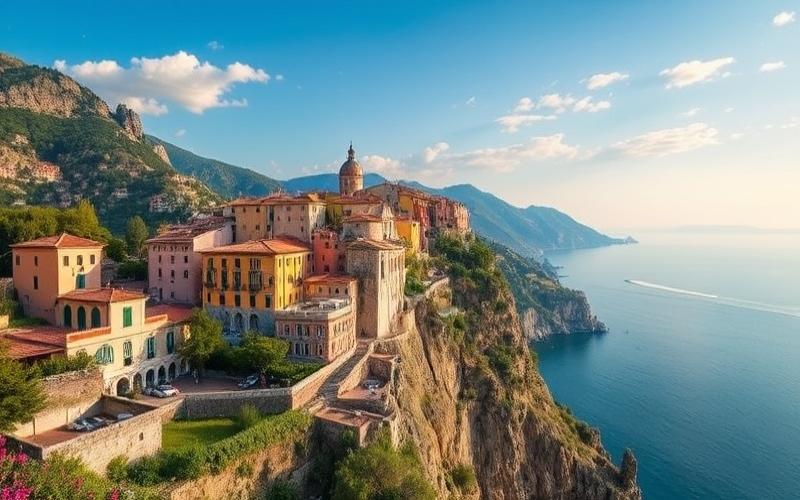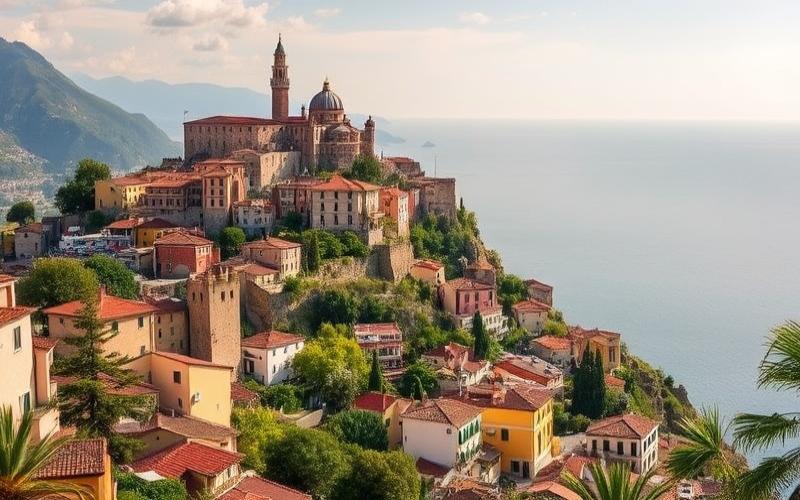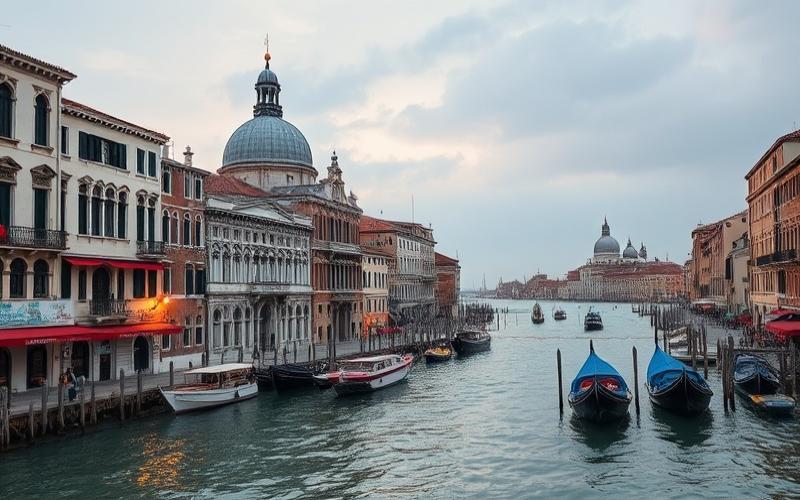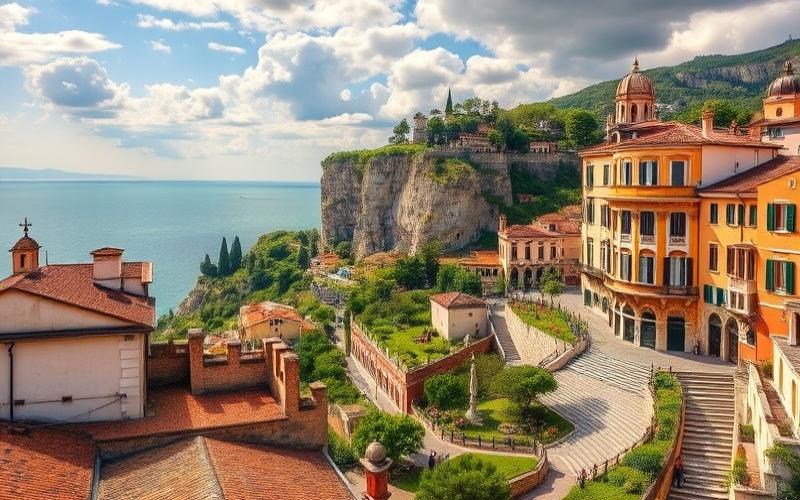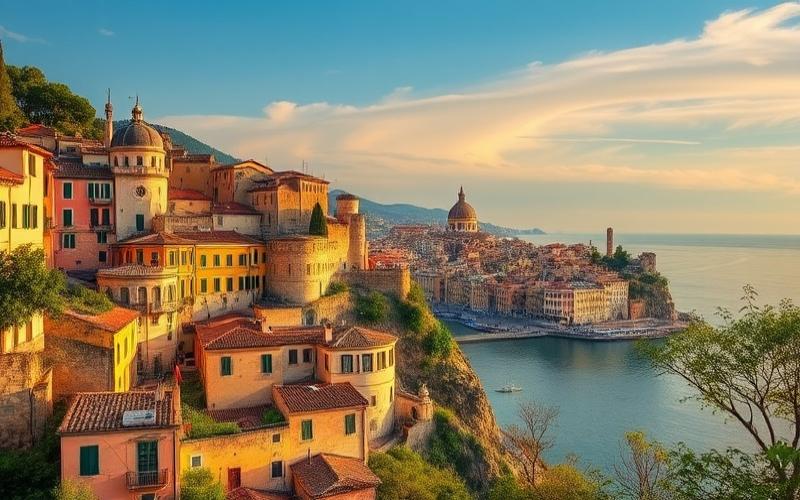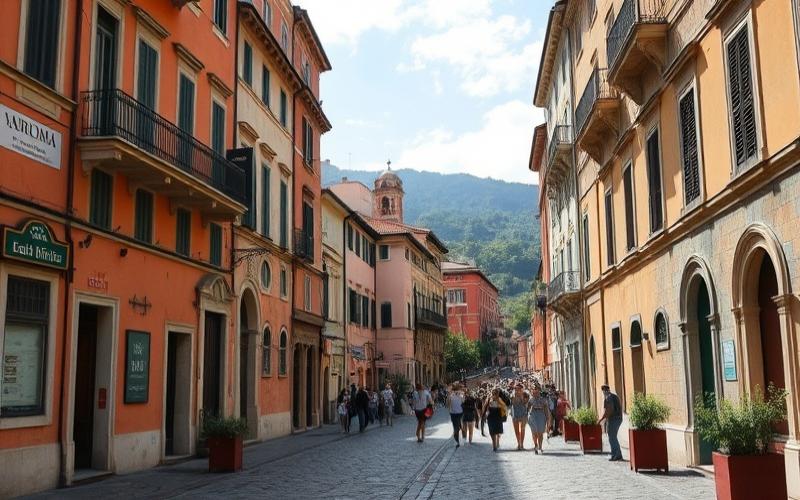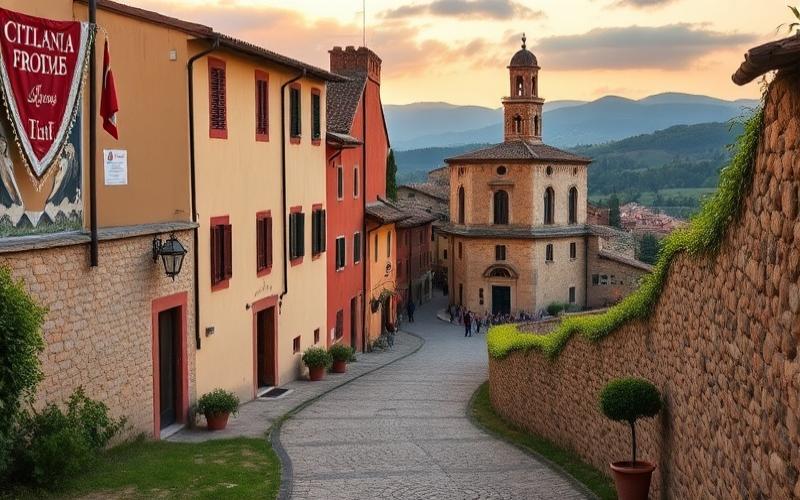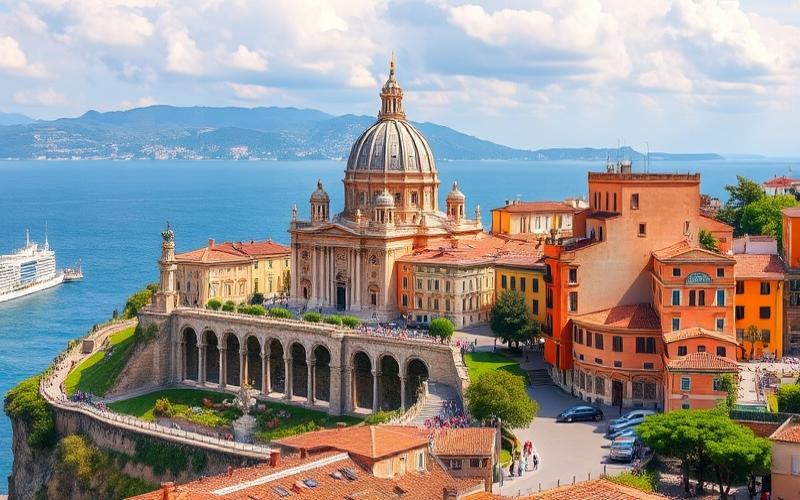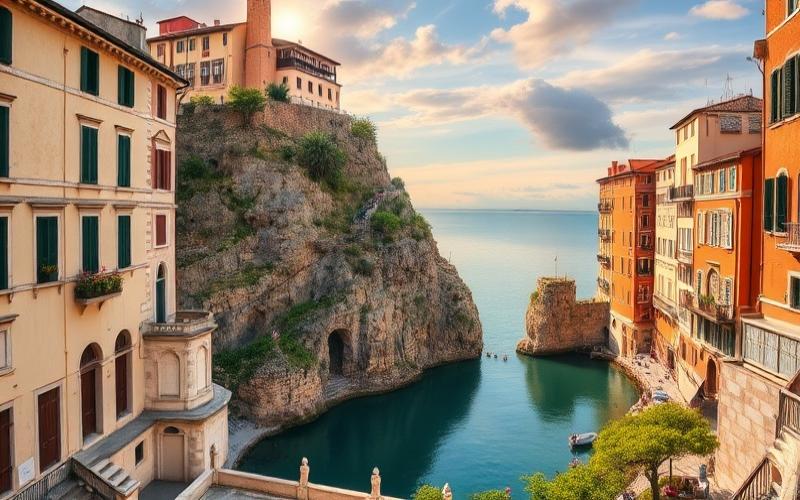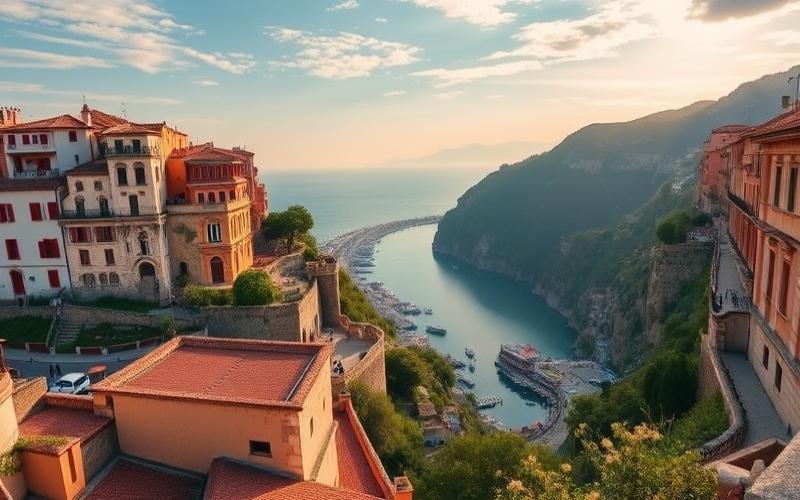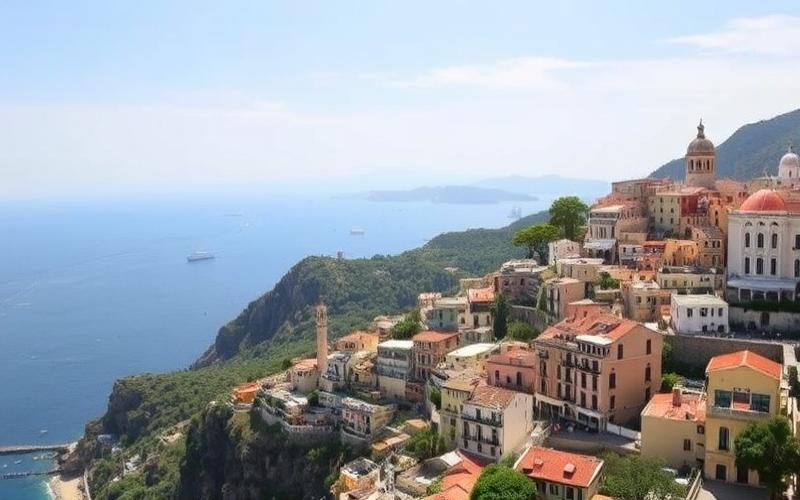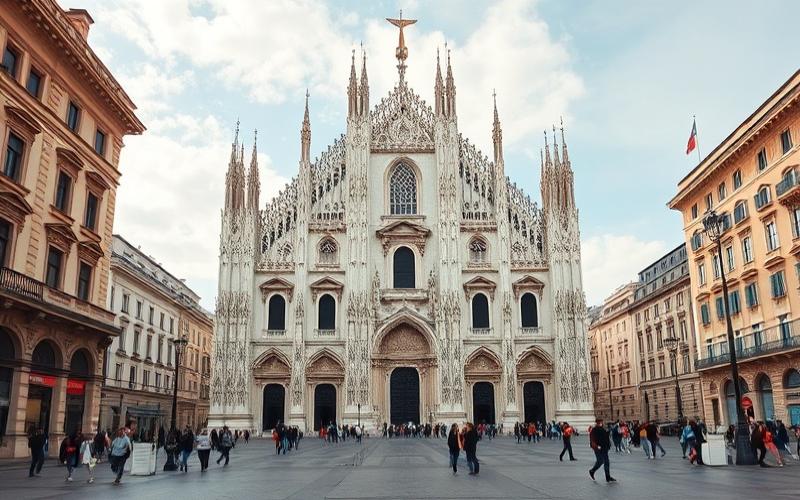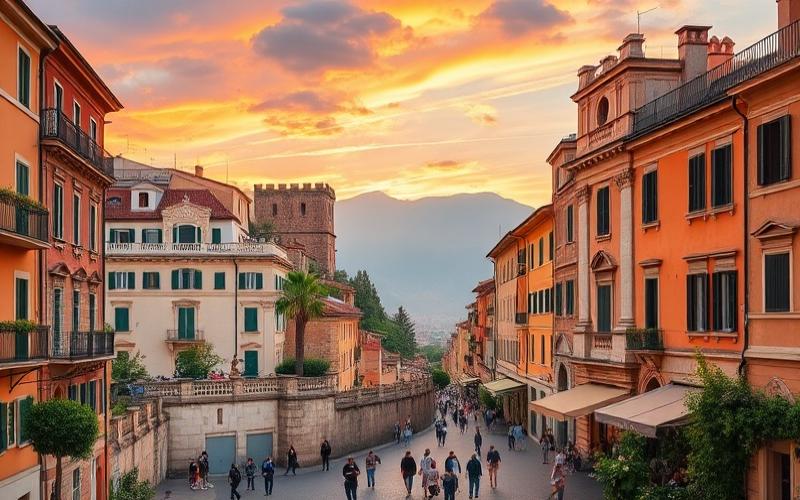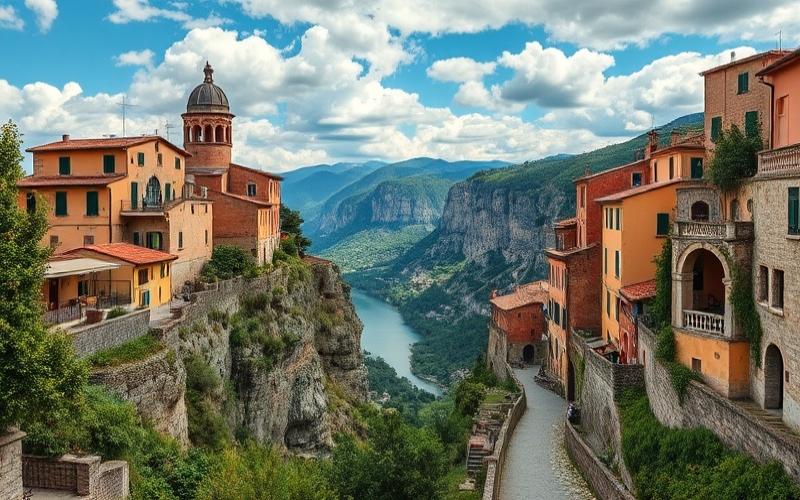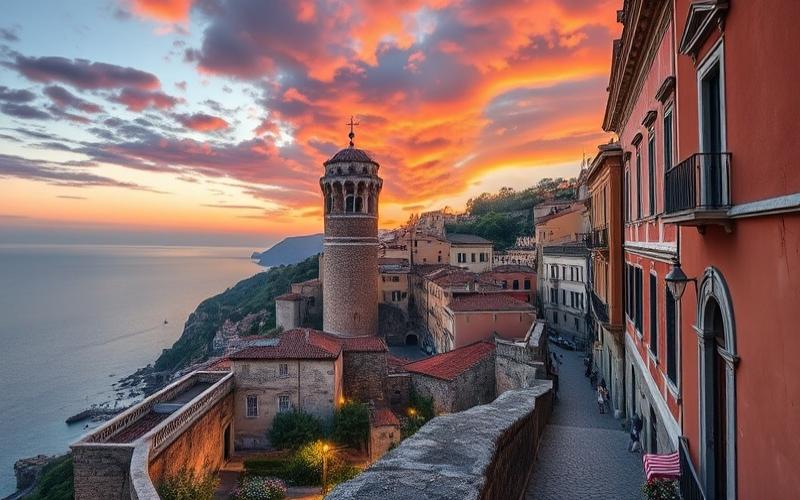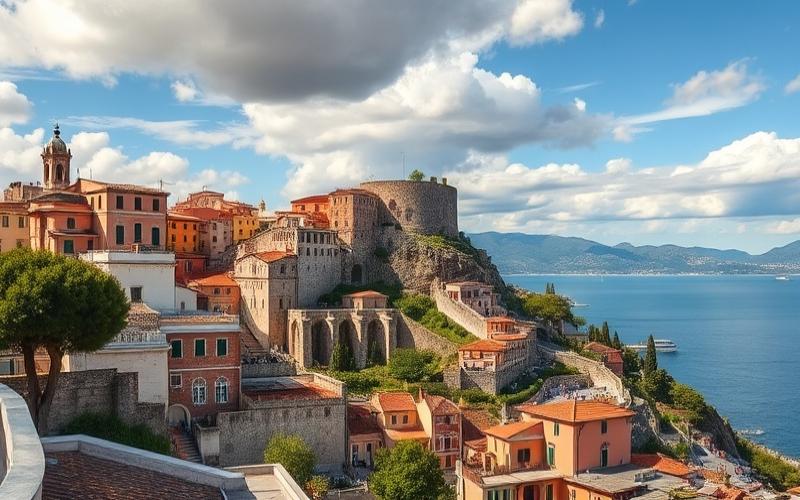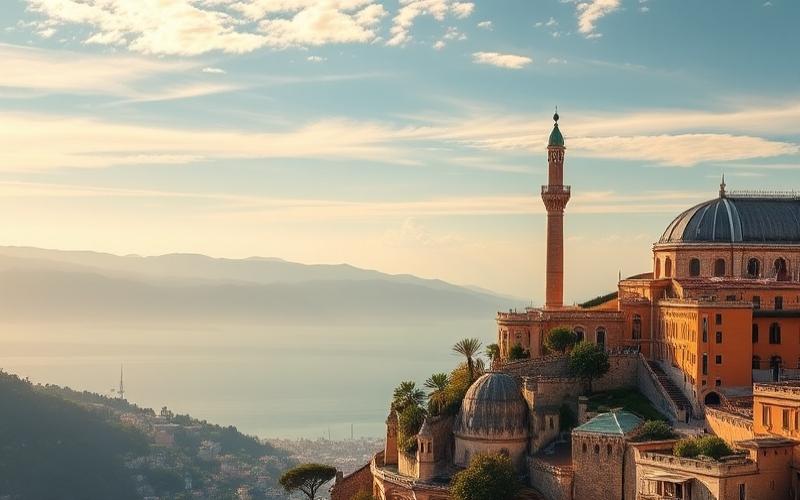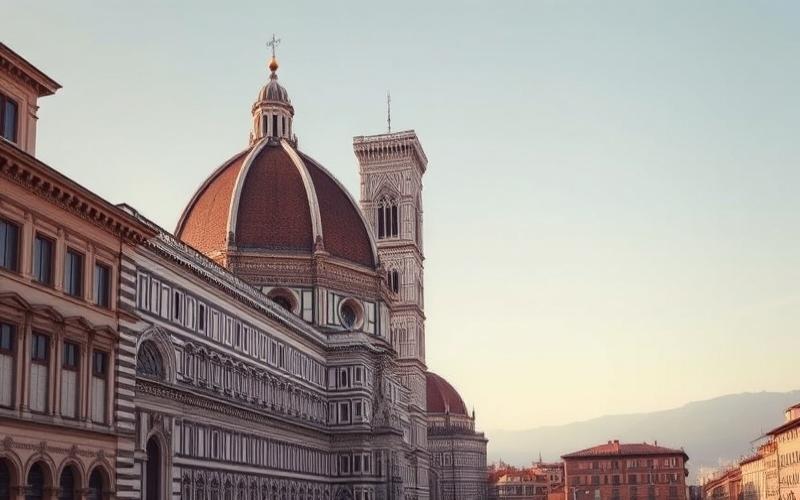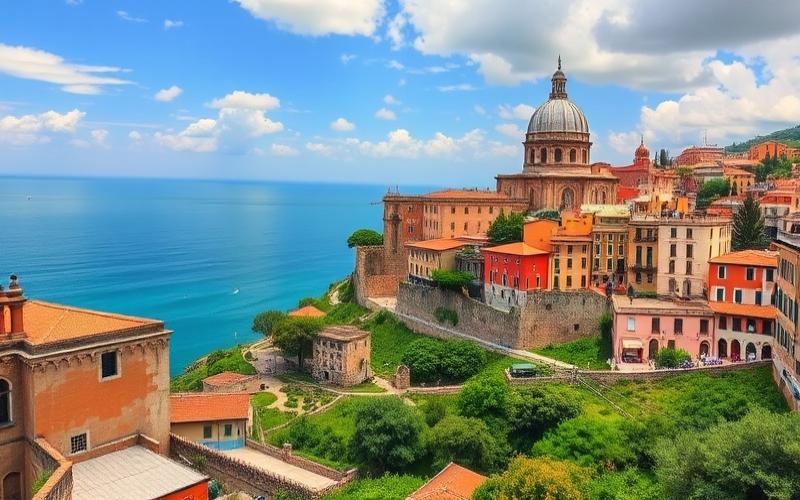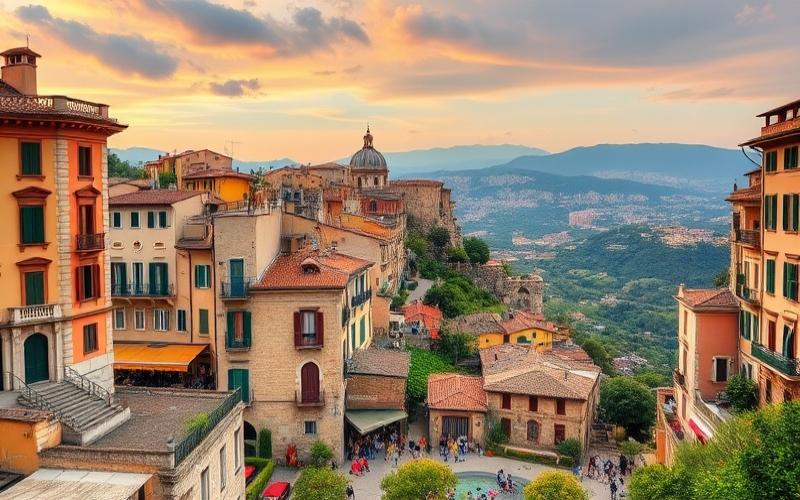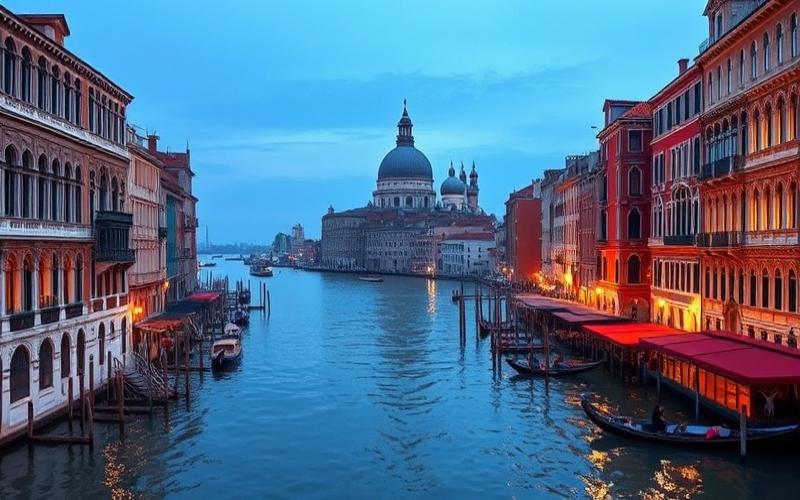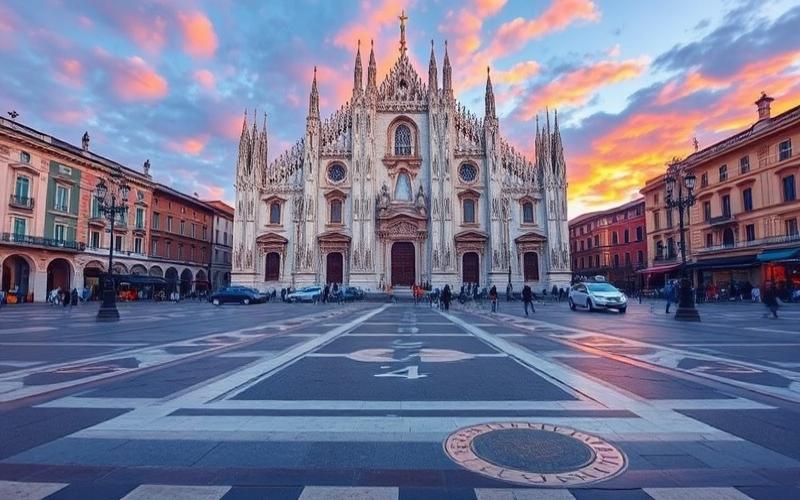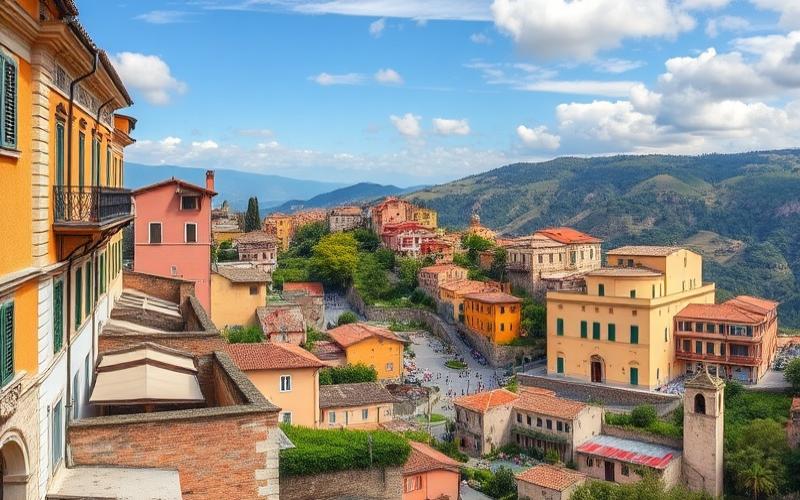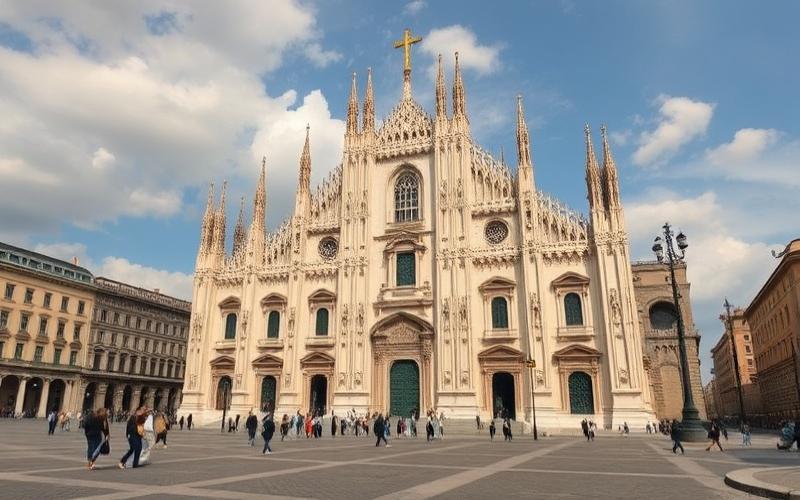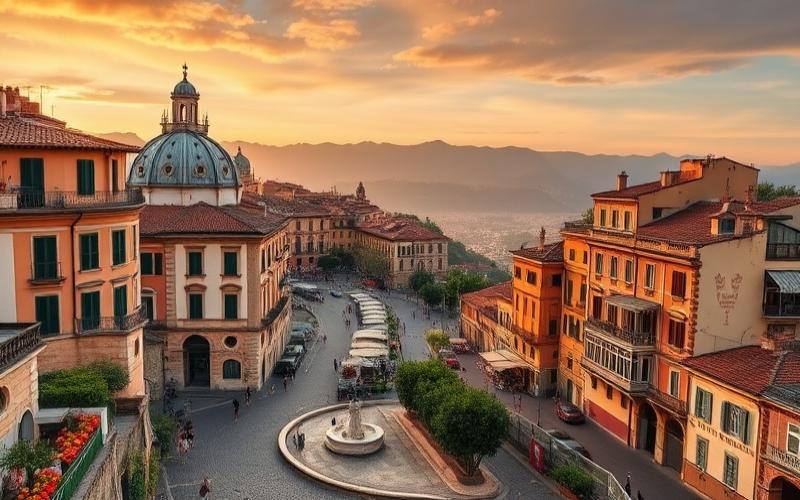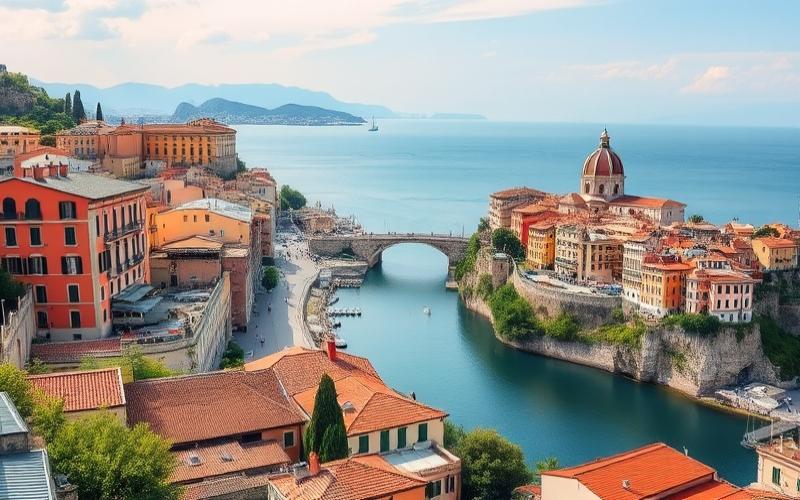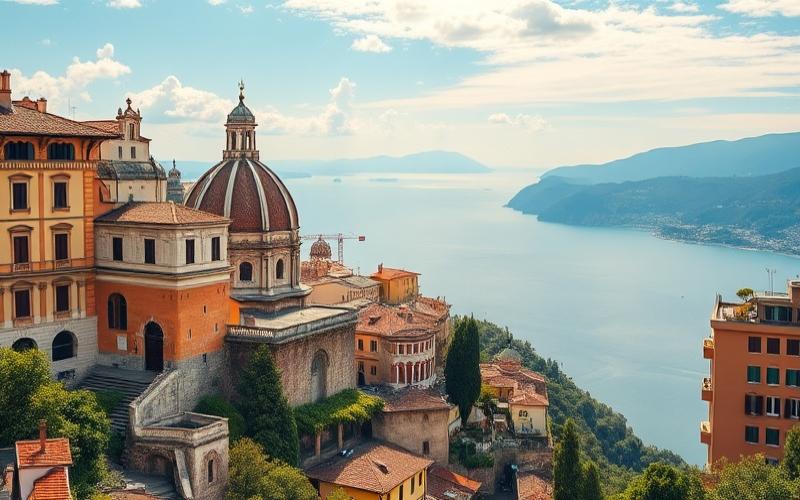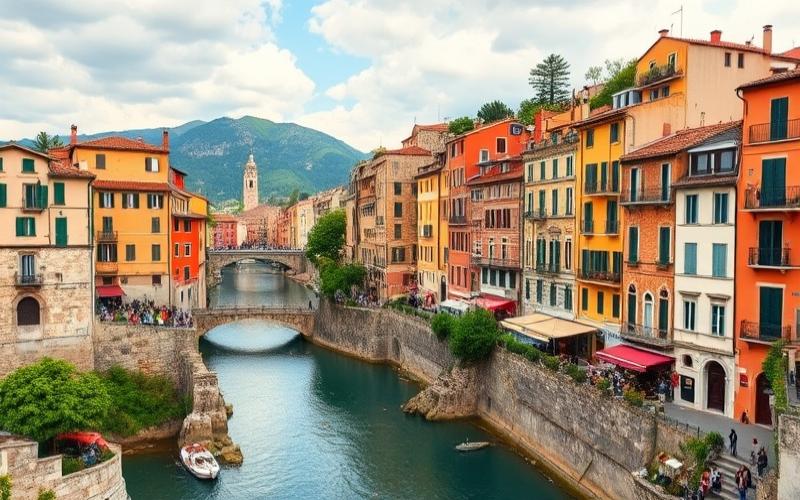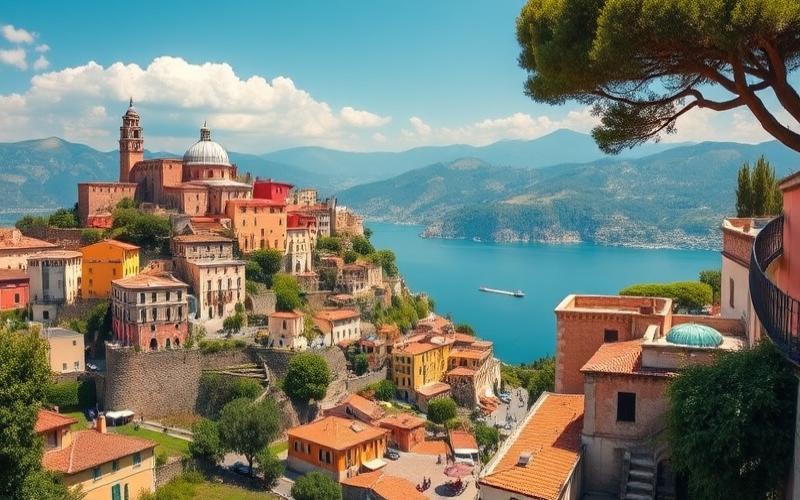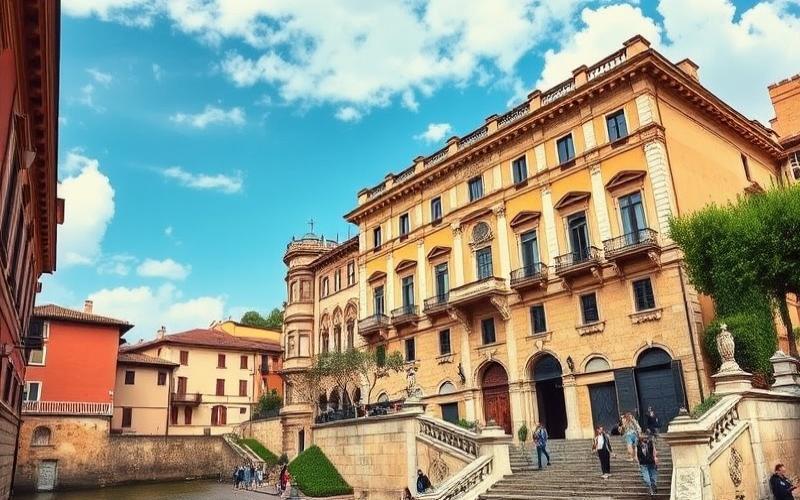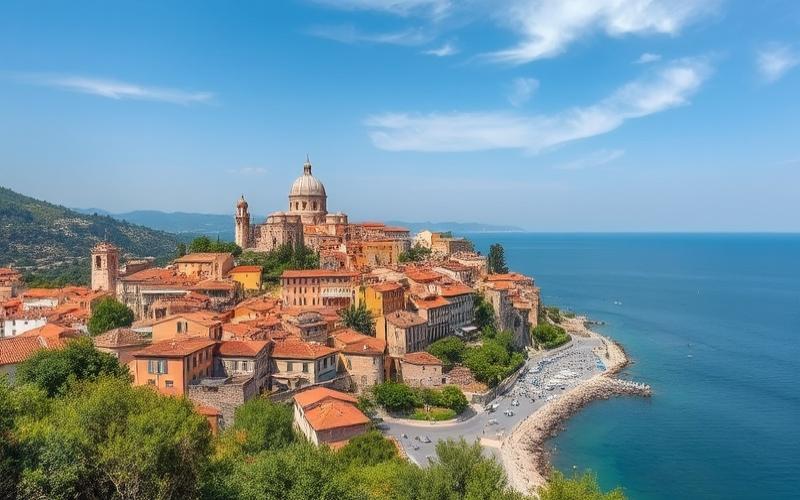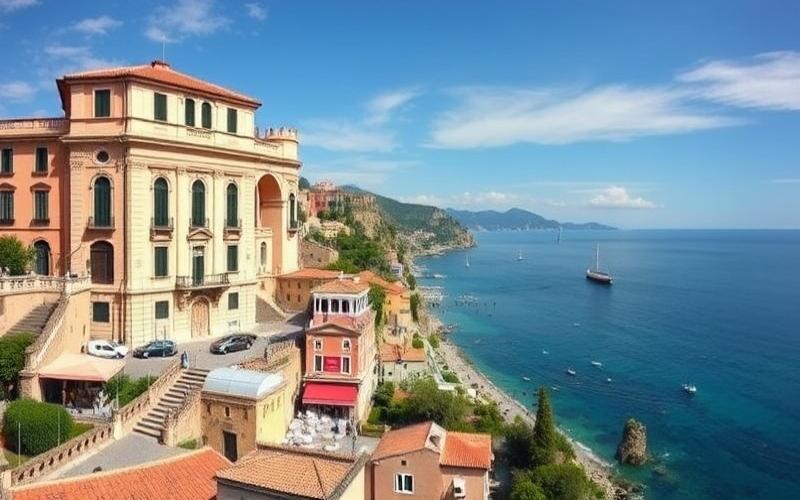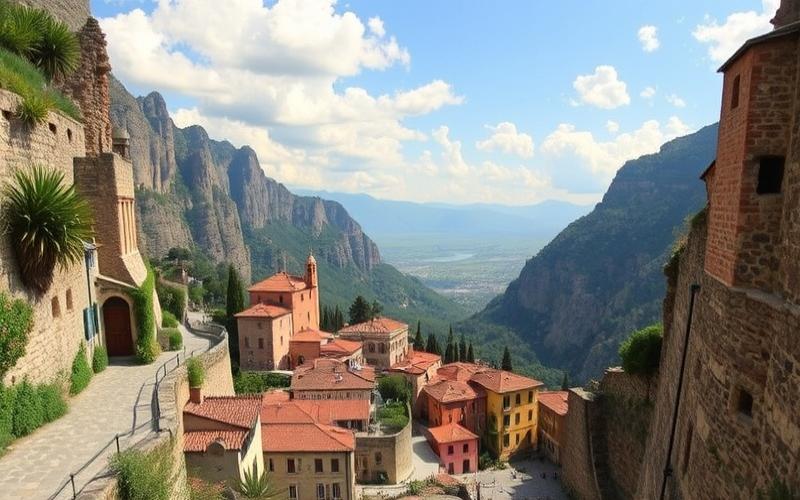
 Published on and written by Cyril Jarnias
Published on and written by Cyril Jarnias
Italy, a country of charm and history, attracts many foreign real estate investors drawn to its lifestyle and exceptional architectural heritage. Whether for a secondary residence or a rental project, renovating a property in Italy can prove to be an excellent investment, provided you prepare properly. In this article, we will guide you through the key steps of a successful renovation in Italy, covering the financial, practical, and regulatory aspects to consider.
Renovation: A Lever to Enhance Your Italian Property
Renovating a property in Italy offers numerous advantages, both financially and in terms of quality of life. Indeed, a well-executed renovation can significantly increase your property’s value in the Italian real estate market.
Heritage Enhancement: Italy is full of historic buildings and character properties. A renovation that respects the original architecture can not only preserve but also highlight the authentic charm of these properties, making them more attractive to potential buyers or tenants.
Improved Energy Efficiency: Energy standards are constantly evolving, and a renovation is the perfect opportunity to bring your property up to current standards. Installing modern heating systems, improving insulation, or adding solar panels can significantly reduce energy costs and increase your property’s appeal.
Adaptation to Modern Needs: A renovation allows you to adapt an older property to contemporary comfort requirements by rethinking space layouts, modernizing plumbing installations, or integrating smart home technologies.
Increased Rental Potential: If you plan to rent out your property, a quality renovation will allow you to target high-end clientele and optimize your rental income, especially in popular tourist regions like Tuscany or Puglia.
Good to Know:
In Italy, some regions offer tax incentives for renovating historic buildings or improving housing energy efficiency. Check with local authorities to find out about available assistance you might qualify for.
From Vision to Reality: Key Steps in Your Renovation Project
Undertaking a renovation in Italy requires careful planning and a good understanding of local procedures. Here are the main steps to follow to successfully complete your project:
1. Initial Assessment and Project Design
Start with a thorough inspection of the property to assess its condition and identify necessary work. Hire a local architect or expert surveyor to help design your renovation project. Their knowledge of Italian regulations will be invaluable in avoiding administrative pitfalls.
2. Obtaining Necessary Permits
In Italy, most renovation work requires permits. Depending on the scope of your project, you will need to obtain either a Comunicazione Inizio Lavori (CIL) for minor work or a Segnalazione Certificata di Inizio Attività (SCIA) for more extensive work. In some cases, a permesso di costruire (building permit) may be required. Don’t hesitate to seek professional assistance to navigate these administrative procedures.
3. Selecting Contractors and Artisans
Choose your service providers carefully. Prioritize reputable local companies with experience in renovating buildings similar to yours. Request detailed quotes and check references. The language barrier can be a challenge; don’t hesitate to hire an interpreter if necessary to avoid misunderstandings.
4. Planning and Coordinating Work
Establish a realistic schedule for the work, taking into account permit processing times and any seasonal constraints. If you cannot be present on site, consider entrusting site supervision to a local project manager.
5. Monitoring and Quality Control
Conduct regular site visits if possible, or request detailed progress reports. Ensure that the work complies with the plans and current Italian standards.
6. Work Acceptance and Certifications
Once the work is completed, conduct a thorough inspection with your contractors. Make sure to obtain all necessary certificates, including the certificato di agibilità which certifies the property’s compliance with habitability standards.
Good to Know:
Renovating a property in Italy may take longer than anticipated, especially due to administrative procedures. Allow for flexibility in your schedule and remain adaptable.
Financing Your Italian Dream: Budget and Funding Options
Renovating a property in Italy can represent a significant investment. Rigorous financial planning is essential to successfully complete your project.
Budget Estimation
The cost of renovation in Italy can vary considerably depending on the region, scope of work, and desired finish quality. On average, for a complete renovation, you can expect costs ranging from €1000 to €3000 per square meter. Here is an approximate breakdown of expense categories:
- Structural work (foundation, roof): 30-40% of budget
- Secondary work (plumbing, electrical, carpentry): 30-35% of budget
- Finishes (painting, coatings): 20-25% of budget
- Architect and study fees: 8-10% of budget
- Contingencies: allow for a 10-15% margin of total budget
Funding Options
To finance your renovation project in Italy, several options are available to you:
1. Italian Bank Loan: Italian banks offer specific loans for renovation, called mutuo ristrutturazione. These loans can cover up to 80% of the work costs and typically offer favorable interest rates.
2. Loan from Your Home Country: If you are a non-resident, it may be simpler to obtain a loan in your home country, possibly using your primary residence as collateral.
3. Refinancing Your Italian Property: If you have already purchased your property in Italy and it has increased in value, you can consider refinancing it to obtain funds for renovation.
4. Grants and Tax Incentives: Italy offers various renovation assistance programs, including the Superbonus 110% which, under certain conditions, allows for a tax credit exceeding the work amount for energy renovations.
Good to Know:
Interest rates and borrowing conditions can vary significantly between Italian banks. Don’t hesitate to compare offers and negotiate terms.
The Art of Choosing Materials: Between Tradition and Modernity
Material selection is crucial in an Italian renovation, not only to respect the building’s authenticity but also to ensure its durability and comfort.
Traditional Materials
Italy is renowned for its high-quality traditional building materials:
- Natural stone: Travertine, marble, or local stone are perfect for floors, facades, or countertops.
- Terracotta: Terracotta tiles are ideal for floors and add an authentic touch.
- Wood: Chestnut or oak are often used for exposed beams and carpentry.
- Lime: Lime plaster is recommended for its permeability and aesthetic appeal.
Modern and Eco-Friendly Materials
To improve your property’s energy performance and comfort, consider integrating modern materials:
- Natural insulators: Cork, wood wool, or hemp for effective and eco-friendly insulation.
- High-performance glass: Double or triple glazing for better thermal and acoustic insulation.
- Solar panels: To reduce your energy consumption and take advantage of Italy’s sunny climate.
- Rainwater harvesting systems: Particularly useful in the drier regions of southern Italy.
Tips for Material Selection
- Respect the local architectural style to preserve your property’s charm.
- Prioritize local materials to reduce transportation costs and support the local economy.
- Ensure chosen materials are suitable for the climate in your Italian region.
- Consult local regulations; some municipalities require the use of specific materials, especially in historic centers.
Good to Know:
Italy is known for its quality craftsmanship. Don’t hesitate to hire local artisans for custom elements like carpentry or ironwork, which will add a unique touch to your property.
Renovating a property in Italy is an exciting adventure that requires patience, planning, and a good understanding of local specifics. By following these tips and surrounding yourself with competent professionals, you can transform your Italian property into a true haven, combining traditional charm and modern comfort. Whether your project is a Tuscan countryside home, an apartment in Rome’s historic center, or a villa on the Amalfi Coast, a well-executed renovation will allow you to fully enjoy the Italian dolce vita while making a wise investment.
Disclaimer: The information provided on this website is for informational purposes only and does not constitute financial, legal, or professional advice. We encourage you to consult qualified experts before making any investment, real estate, or expatriation decisions. Although we strive to maintain up-to-date and accurate information, we do not guarantee the completeness, accuracy, or timeliness of the proposed content. As investment and expatriation involve risks, we disclaim any liability for potential losses or damages arising from the use of this site. Your use of this site confirms your acceptance of these terms and your understanding of the associated risks.

